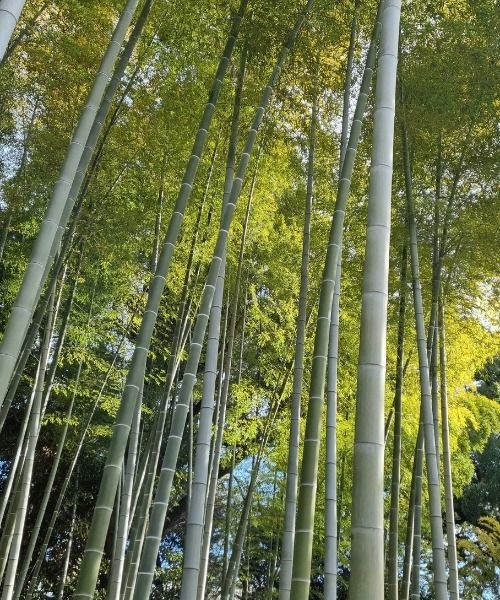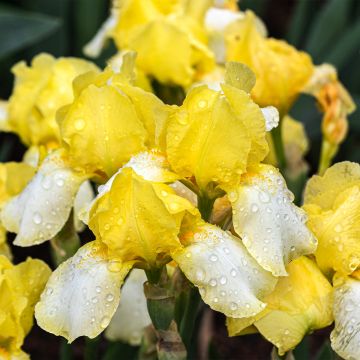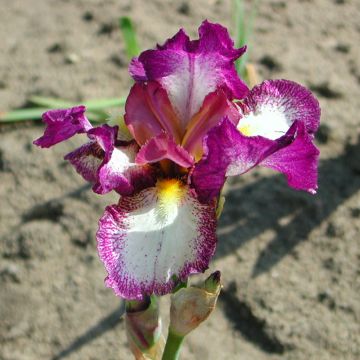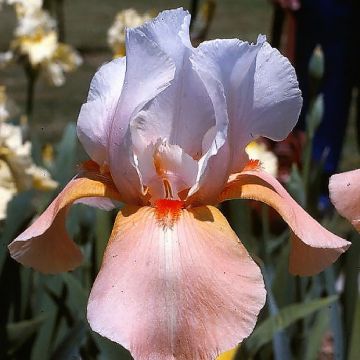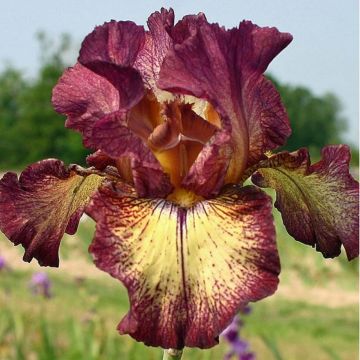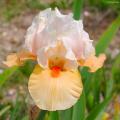Repeat Flowering Bearded Iris
Does this plant fit my garden? Set up your Plantfit profile →
Available in 3 sizes
Available in 2 sizes
Available in 2 sizes
Available in 2 sizes
Available in 2 sizes
Available in 3 sizes
Available in 2 sizes
Available in 2 sizes
Available in 2 sizes
Available in 2 sizes
Available in 1 sizes
Available in 1 sizes
Available in 1 sizes
Available in 2 sizes
Available in 1 sizes
Available in 1 sizes
Available in 2 sizes
Available in 2 sizes
Available in 1 sizes
Perpetual irises are exceptional perennials. Unlike the usual Tall Bearded Irises, they are able to flower multiple times a year, usually in spring and again in late summer. Some are even capable of flowering three to four times under optimal conditions. While these varieties are more vigorous and prolific, they also require a richer and less dry soil.
The German Iris needs a minimum of six weeks for its rhizomes to replenish their reserves and produce floral stems again. Classic garden irises go into dormancy once they have recharged their reserves, during summer until the following spring. On the other hand, a perpetual iris does not go into dormancy, it prepares for a new flowering that will occur if the conditions are met (sufficient water, fertiliser, and sunlight). This explains why the flowering period, depending on various factors, is unpredictable. Some start flowering early in the season, while others, like the 'Earl of Essex' variety, are capable of producing their last flowers in November-December if the weather remains mild. Discover our selection of perpetual irises in these pages.
Haven't found what you were looking for?






































